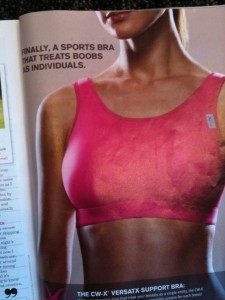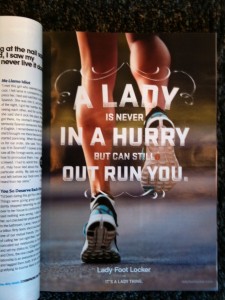note: I wrote this post in the last week of September, but never finished it. It’s still not completely finished, but I wanted to post it anyway.
This blog post is inspired by my visit to FWA’s 3rd grade classroom last week. In one corner, the teacher has posted a quotation from George Bernard Shaw:
Some look at things that are and ask “why?”. I dream of things that never were and ask, “why not?”.
At first when I saw this quotation, I was a little annoyed. I like the question “why?” a lot. And I’ve written about its value a lot on this blog (like here and here, for example). Asking “why” is crucial to being curious about the world and to refusing to uncritically accept “common sense” assumptions about the world and how it functions. Asking why can give us critical distance from those ideas/ideologies that shape and regulate our behaviors. Why can encourage us to ask questions and to be open to other ways of being and doing. So, why diss on “why”?
Having spent a little time reflecting on this quotation, I’m not as bothered by it. In fact, I really like Shaw’s promotion of imagining other worlds and ways of being. To me, it speaks to our need to be creative and imaginative and encourages us to develop the skills for transforming our worlds in ways that could potentially make them better (more just, more beautiful, more caring). But, I wonder, why does the critical (the “why”) have to be in opposition to the creative (the “why not”)? In my own work/life/practices, I’m currently struggling with putting my critical and creative spirits together—or least finding ways to put them beside each other. Maybe I should explore this struggle in the winter, when I have more time to write?



